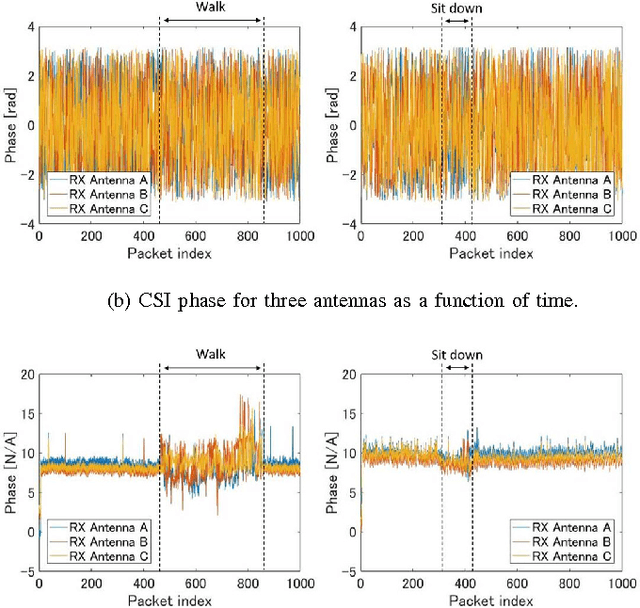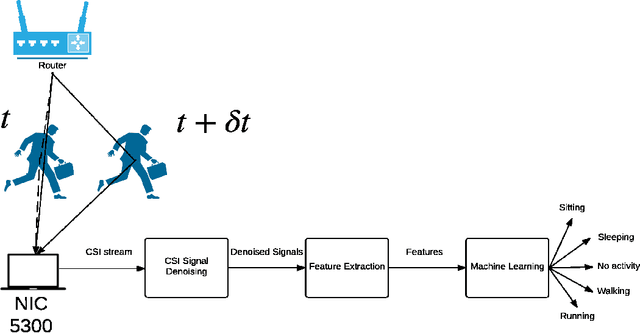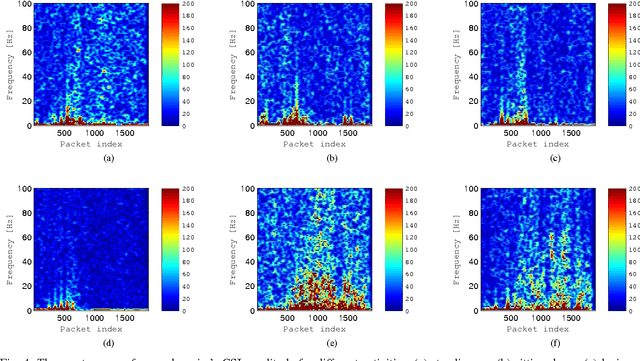Siamak Yousefi
A Comprehensive Review of Artificial Intelligence Applications in Major Retinal Conditions
Nov 22, 2023Abstract:This paper provides a systematic survey of retinal diseases that cause visual impairments or blindness, emphasizing the importance of early detection for effective treatment. It covers both clinical and automated approaches for detecting retinal disease, focusing on studies from the past decade. The survey evaluates various algorithms for identifying structural abnormalities and diagnosing retinal diseases, and it identifies future research directions based on a critical analysis of existing literature. This comprehensive study, which reviews both clinical and automated detection methods using different modalities, appears to be unique in its scope. Additionally, the survey serves as a helpful guide for researchers interested in digital retinopathy.
Identifying factors associated with fast visual field progression in patients with ocular hypertension based on unsupervised machine learning
Sep 26, 2023Abstract:Purpose: To identify ocular hypertension (OHT) subtypes with different trends of visual field (VF) progression based on unsupervised machine learning and to discover factors associated with fast VF progression. Participants: A total of 3133 eyes of 1568 ocular hypertension treatment study (OHTS) participants with at least five follow-up VF tests were included in the study. Methods: We used a latent class mixed model (LCMM) to identify OHT subtypes using standard automated perimetry (SAP) mean deviation (MD) trajectories. We characterized the subtypes based on demographic, clinical, ocular, and VF factors at the baseline. We then identified factors driving fast VF progression using generalized estimating equation (GEE) and justified findings qualitatively and quantitatively. Results: The LCMM model discovered four clusters (subtypes) of eyes with different trajectories of MD worsening. The number of eyes in clusters were 794 (25%), 1675 (54%), 531 (17%) and 133 (4%). We labelled the clusters as Improvers, Stables, Slow progressors, and Fast progressors based on their mean of MD decline, which were 0.08, -0.06, -0.21, and -0.45 dB/year, respectively. Eyes with fast VF progression had higher baseline age, intraocular pressure (IOP), pattern standard deviation (PSD) and refractive error (RE), but lower central corneal thickness (CCT). Fast progression was associated with calcium channel blockers, being male, heart disease history, diabetes history, African American race, stroke history, and migraine headaches.
ChatGPT Assisting Diagnosis of Neuro-ophthalmology Diseases Based on Case Reports
Sep 05, 2023Abstract:Objective: To evaluate the efficiency of large language models (LLMs) such as ChatGPT to assist in diagnosing neuro-ophthalmic diseases based on detailed case descriptions. Methods: We selected 22 different case reports of neuro-ophthalmic diseases from a publicly available online database. These cases included a wide range of chronic and acute diseases that are commonly seen by neuro-ophthalmic sub-specialists. We inserted the text from each case as a new prompt into both ChatGPT v3.5 and ChatGPT Plus v4.0 and asked for the most probable diagnosis. We then presented the exact information to two neuro-ophthalmologists and recorded their diagnoses followed by comparison to responses from both versions of ChatGPT. Results: ChatGPT v3.5, ChatGPT Plus v4.0, and the two neuro-ophthalmologists were correct in 13 (59%), 18 (82%), 19 (86%), and 19 (86%) out of 22 cases, respectively. The agreement between the various diagnostic sources were as follows: ChatGPT v3.5 and ChatGPT Plus v4.0, 13 (59%); ChatGPT v3.5 and the first neuro-ophthalmologist, 12 (55%); ChatGPT v3.5 and the second neuro-ophthalmologist, 12 (55%); ChatGPT Plus v4.0 and the first neuro-ophthalmologist, 17 (77%); ChatGPT Plus v4.0 and the second neuro-ophthalmologist, 16 (73%); and first and second neuro-ophthalmologists 17 (17%). Conclusions: The accuracy of ChatGPT v3.5 and ChatGPT Plus v4.0 in diagnosing patients with neuro-ophthalmic diseases was 59% and 82%, respectively. With further development, ChatGPT Plus v4.0 may have potential to be used in clinical care settings to assist clinicians in providing quick, accurate diagnoses of patients in neuro-ophthalmology. The applicability of using LLMs like ChatGPT in clinical settings that lack access to subspeciality trained neuro-ophthalmologists deserves further research.
Stacking Ensemble Learning in Deep Domain Adaptation for Ophthalmic Image Classification
Sep 27, 2022Abstract:Domain adaptation is an attractive approach given the availability of a large amount of labeled data with similar properties but different domains. It is effective in image classification tasks where obtaining sufficient label data is challenging. We propose a novel method, named SELDA, for stacking ensemble learning via extending three domain adaptation methods for effectively solving real-world problems. The major assumption is that when base domain adaptation models are combined, we can obtain a more accurate and robust model by exploiting the ability of each of the base models. We extend Maximum Mean Discrepancy (MMD), Low-rank coding, and Correlation Alignment (CORAL) to compute the adaptation loss in three base models. Also, we utilize a two-fully connected layer network as a meta-model to stack the output predictions of these three well-performing domain adaptation models to obtain high accuracy in ophthalmic image classification tasks. The experimental results using Age-Related Eye Disease Study (AREDS) benchmark ophthalmic dataset demonstrate the effectiveness of the proposed model.
Artificial Intelligence Models for Cell Type and Subtype Identification Based on Single-Cell RNA Sequencing Data in Vision Science
Sep 26, 2022



Abstract:Single-cell RNA sequencing (scRNA-seq) provides a high throughput, quantitative and unbiased framework for scientists in many research fields to identify and characterize cell types within heterogeneous cell populations from various tissues. However, scRNA-seq based identification of discrete cell-types is still labor intensive and depends on prior molecular knowledge. Artificial intelligence has provided faster, more accurate, and user-friendly approaches for cell-type identification. In this review, we discuss recent advances in cell-type identification methods using artificial intelligence techniques based on single-cell and single-nucleus RNA sequencing data in vision science.
A Survey of Human Activity Recognition Using WiFi CSI
Aug 23, 2017



Abstract:In this article, we present a survey of recent advances in passive human behaviour recognition in indoor areas using the channel state information (CSI) of commercial WiFi systems. Movement of human body causes a change in the wireless signal reflections, which results in variations in the CSI. By analyzing the data streams of CSIs for different activities and comparing them against stored models, human behaviour can be recognized. This is done by extracting features from CSI data streams and using machine learning techniques to build models and classifiers. The techniques from the literature that are presented herein have great performances, however, instead of the machine learning techniques employed in these works, we propose to use deep learning techniques such as long-short term memory (LSTM) recurrent neural network (RNN), and show the improved performance. We also discuss about different challenges such as environment change, frame rate selection, and multi-user scenario, and suggest possible directions for future work.
 Add to Chrome
Add to Chrome Add to Firefox
Add to Firefox Add to Edge
Add to Edge